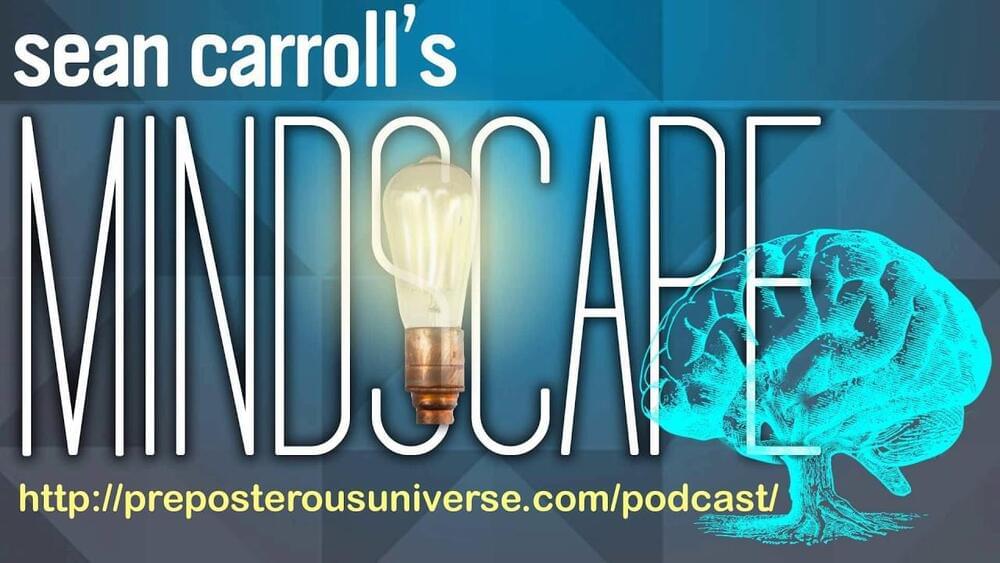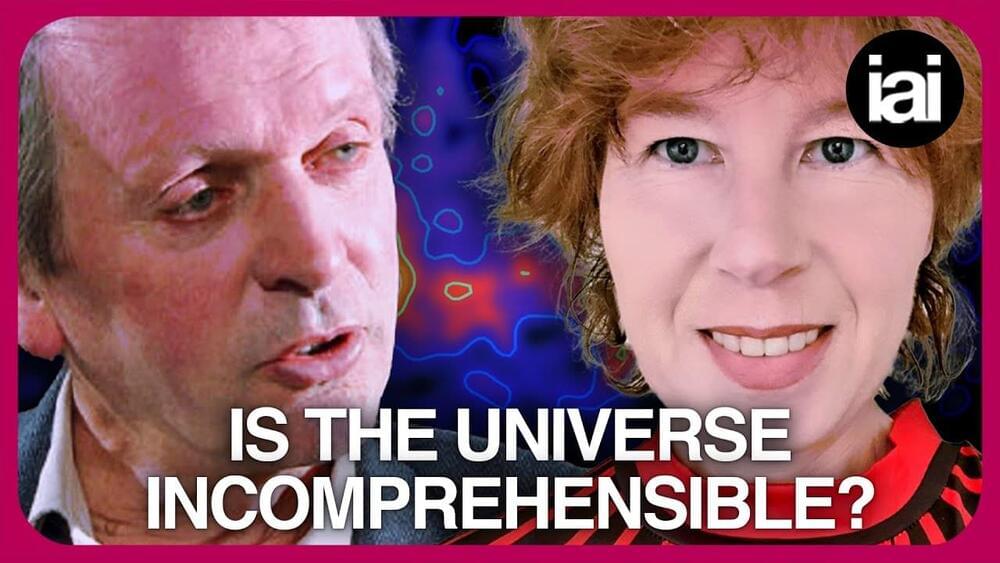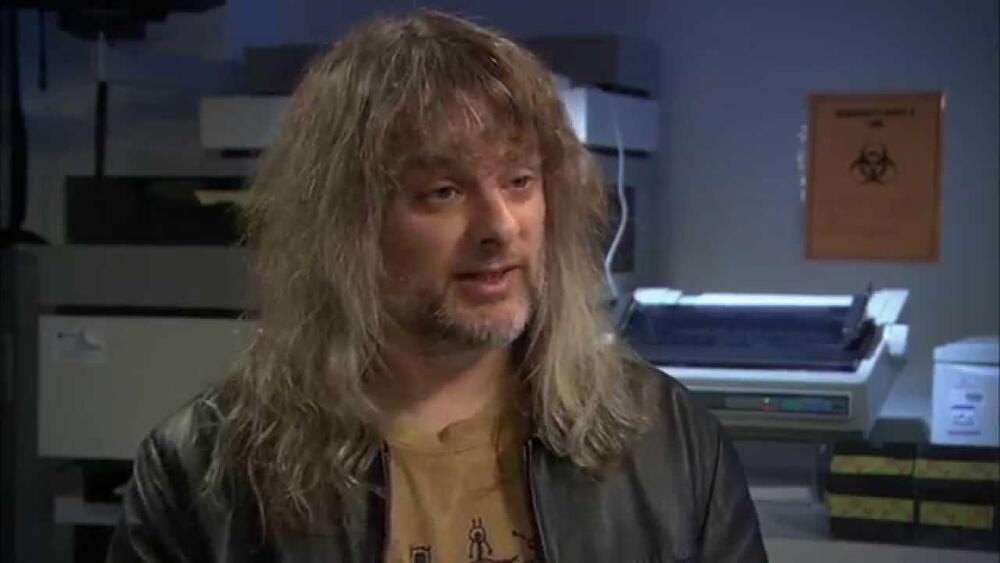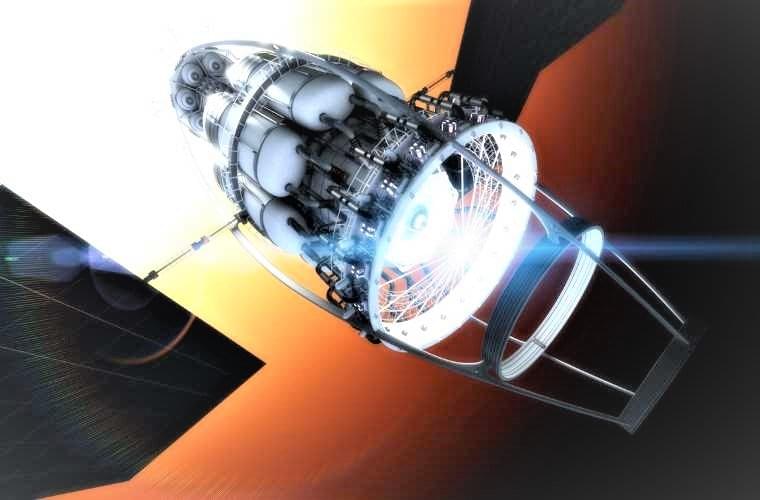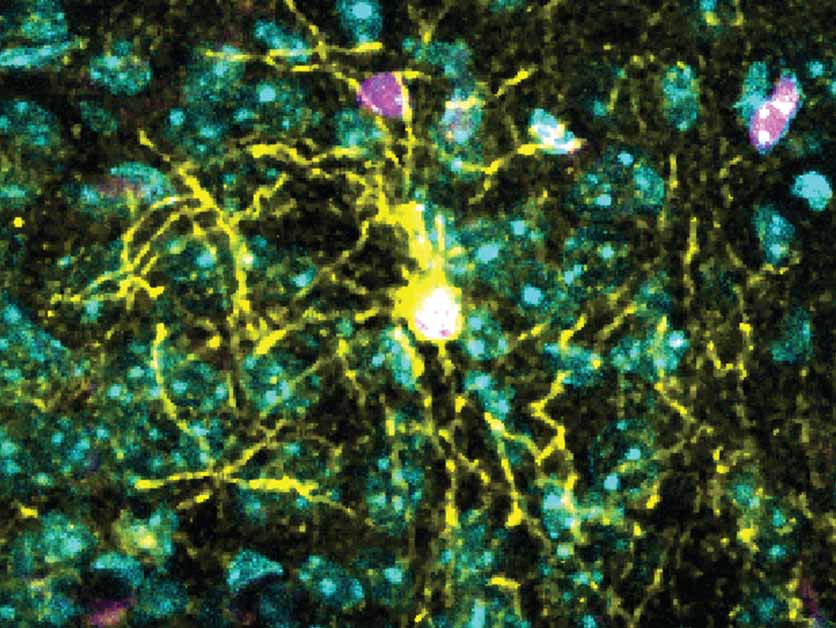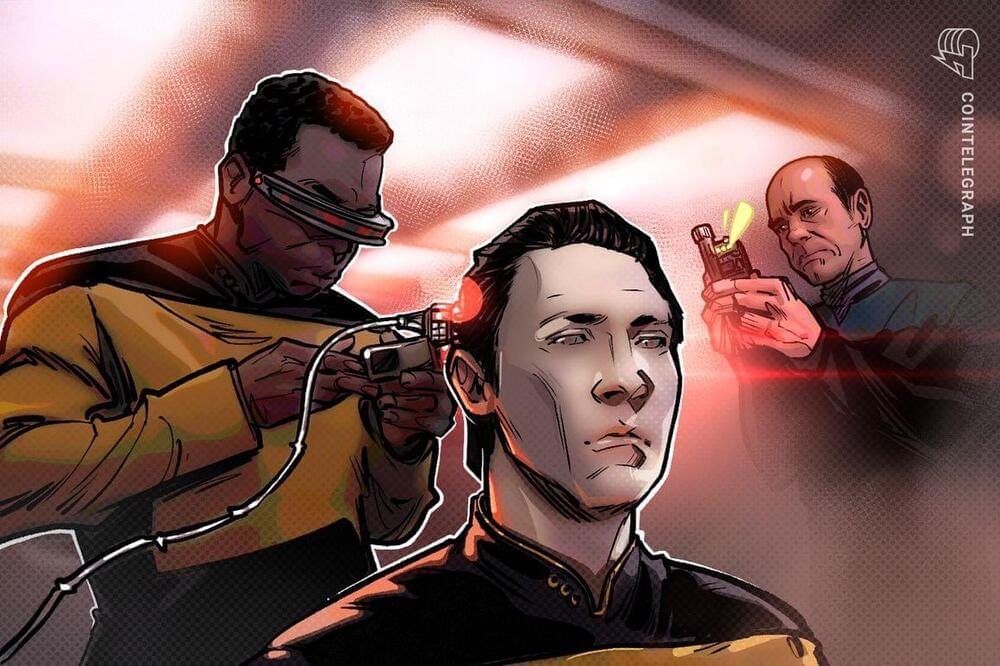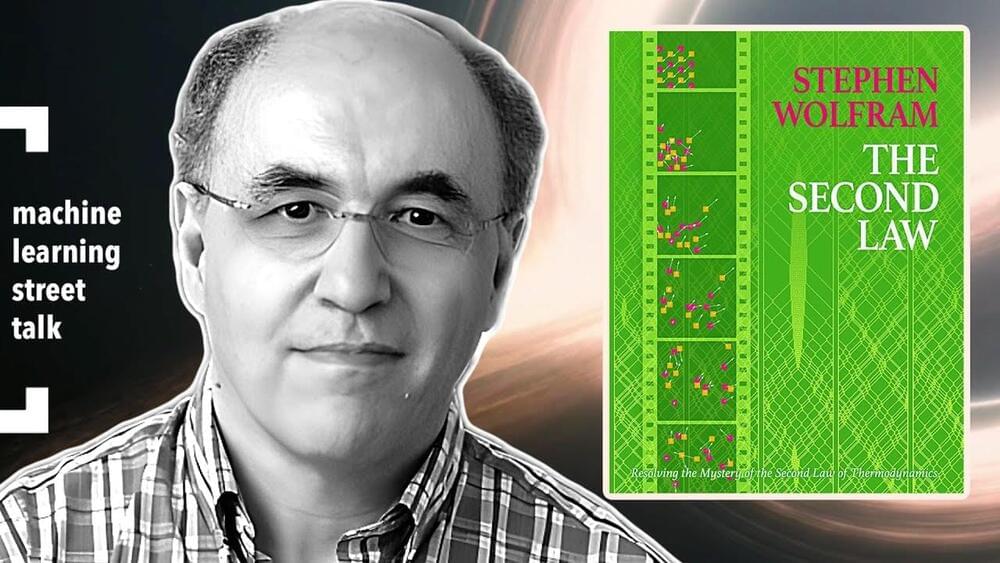Blog post with show notes, audio player, and transcript: https://www.preposterousuniverse.com/podcast/2018/12/03/epis…imulation/
Patreon: https://www.patreon.com/seanmcarroll.
The “Easy Problems” of consciousness have to do with how the brain takes in information, thinks about it, and turns it into action. The “Hard Problem,” on the other hand, is the task of explaining our individual, subjective, first-person experiences of the world. What is it like to be me, rather than someone else? Everyone agrees that the Easy Problems are hard; some people think the Hard Problem is almost impossible, while others think it’s pretty easy. Today’s guest, David Chalmers, is arguably the leading philosopher of consciousness working today, and the one who coined the phrase “the Hard Problem,” as well as proposing the philosophical zombie thought experiment. Recently he has been taking seriously the notion of panpsychism. We talk about these knotty issues (about which we deeply disagree), but also spend some time on the possibility that we live in a computer simulation. Would simulated lives be “real”? (There we agree — yes they would.)
David Chalmers got his Ph.D. from Indiana University working under Douglas Hoftstadter. He is currently University Professor of Philosophy and Neural Science at New York University and co-director of the Center for Mind, Brain, and Consciousness. He is a fellow of the Australian Academy of Humanities, the Academy of Social Sciences in Australia, and the American Academy of Arts and Sciences. Among his books are The Conscious Mind: In Search of a Fundamental Theory, The Character of Consciousness, and Constructing the World. He and David Bourget founded the PhilPapers project.
